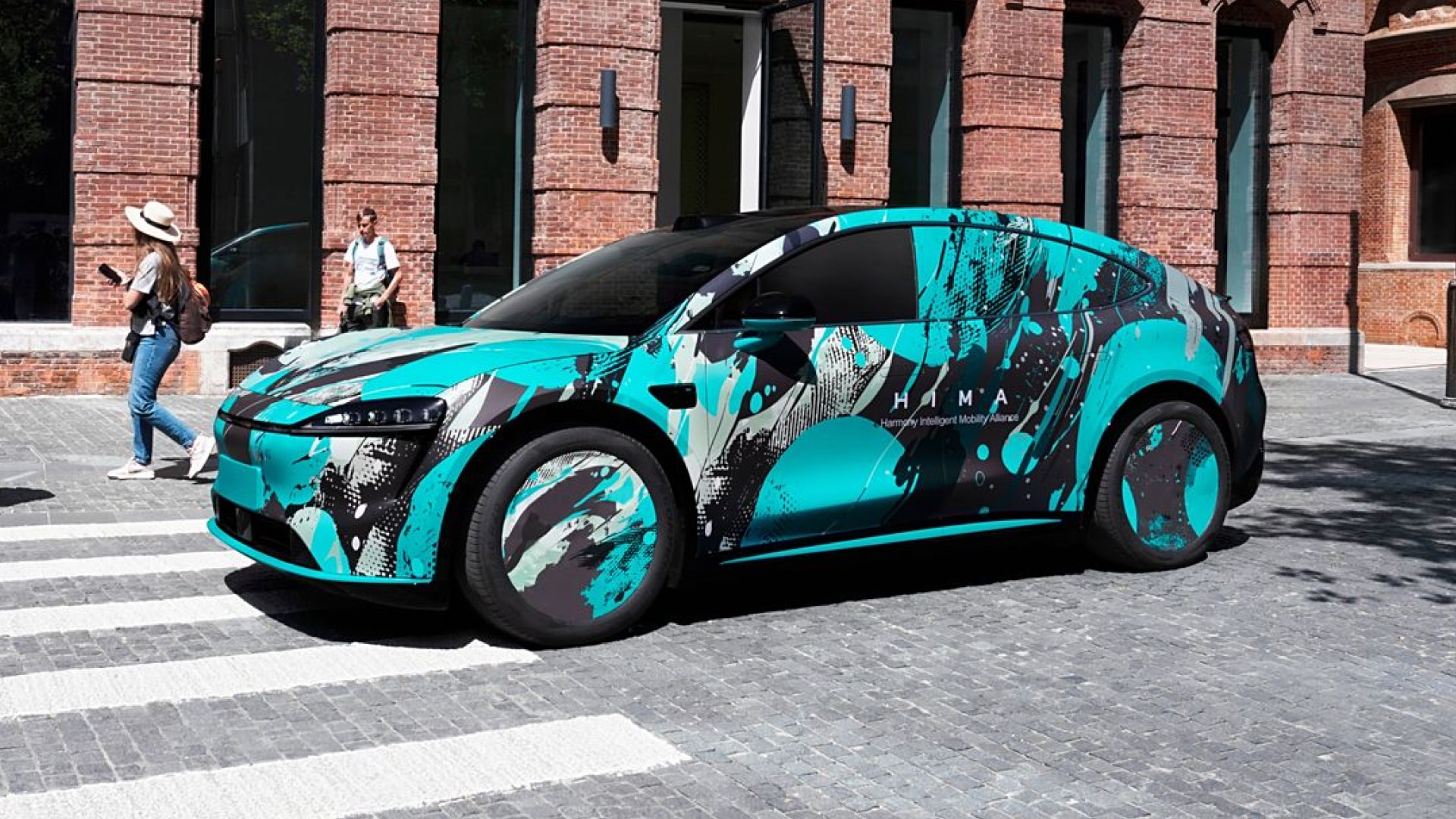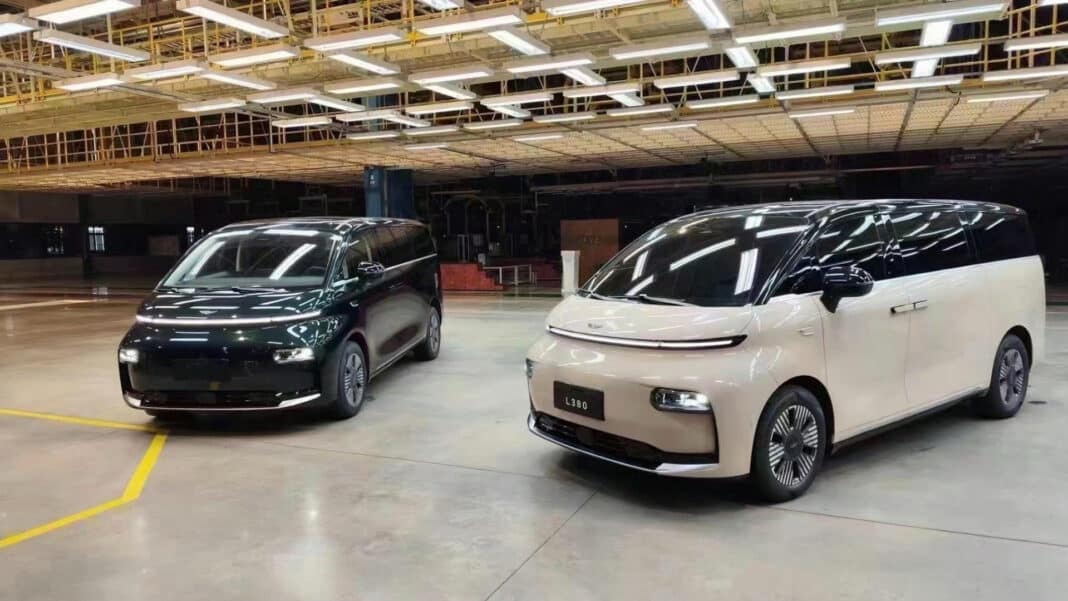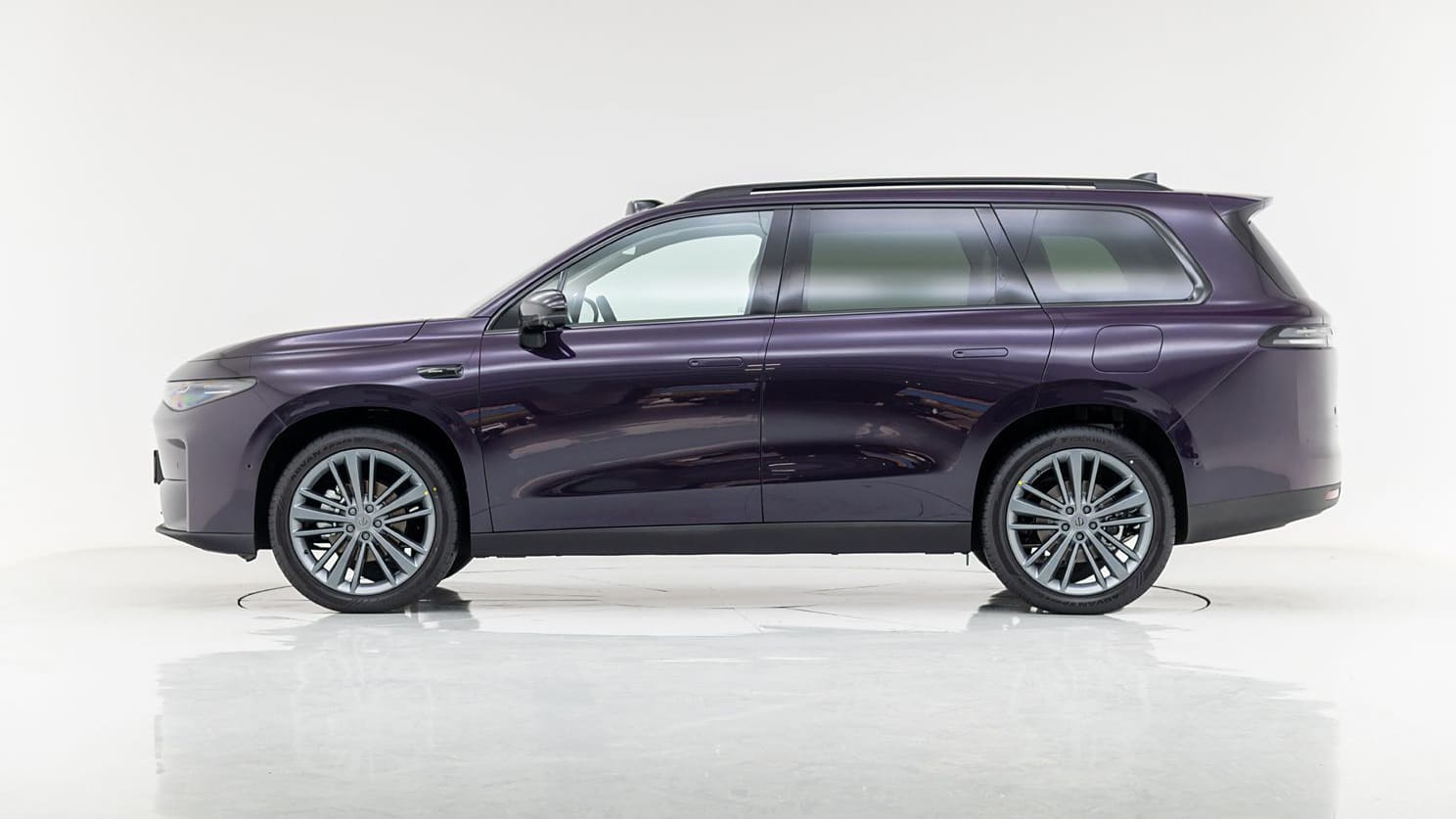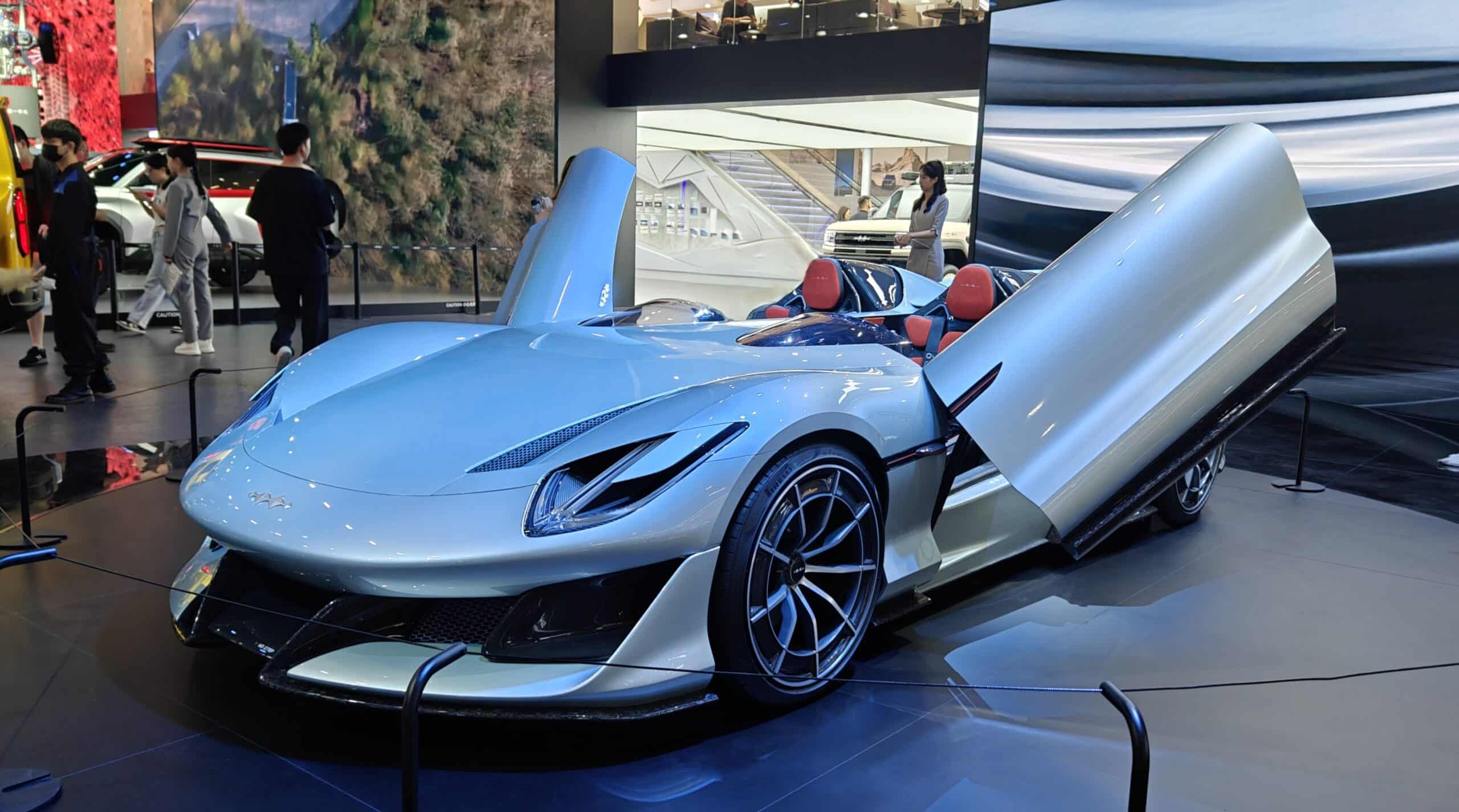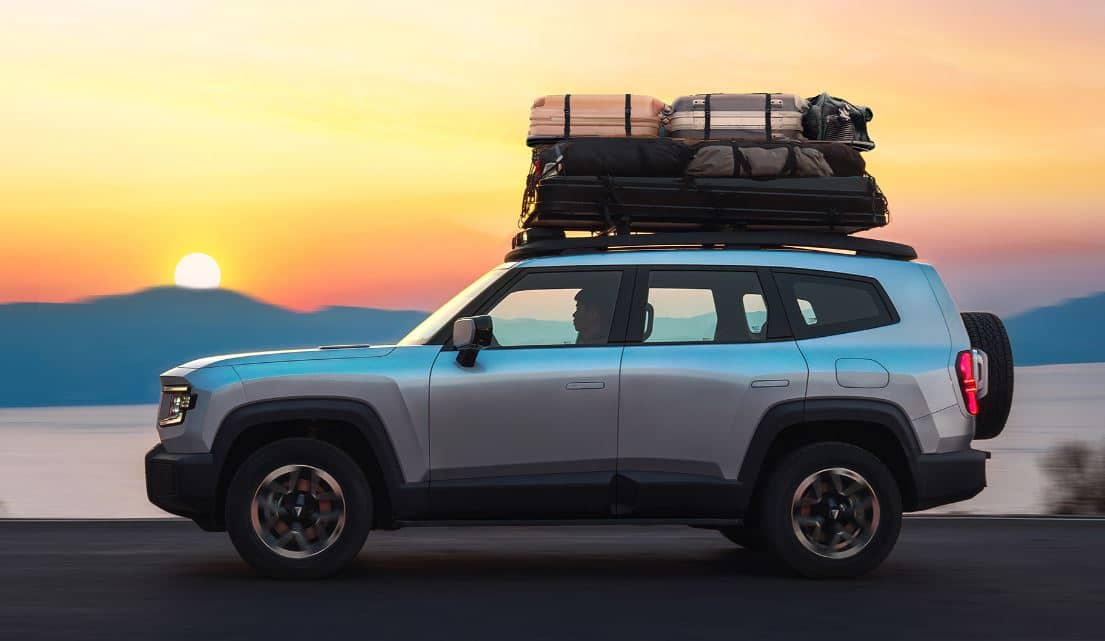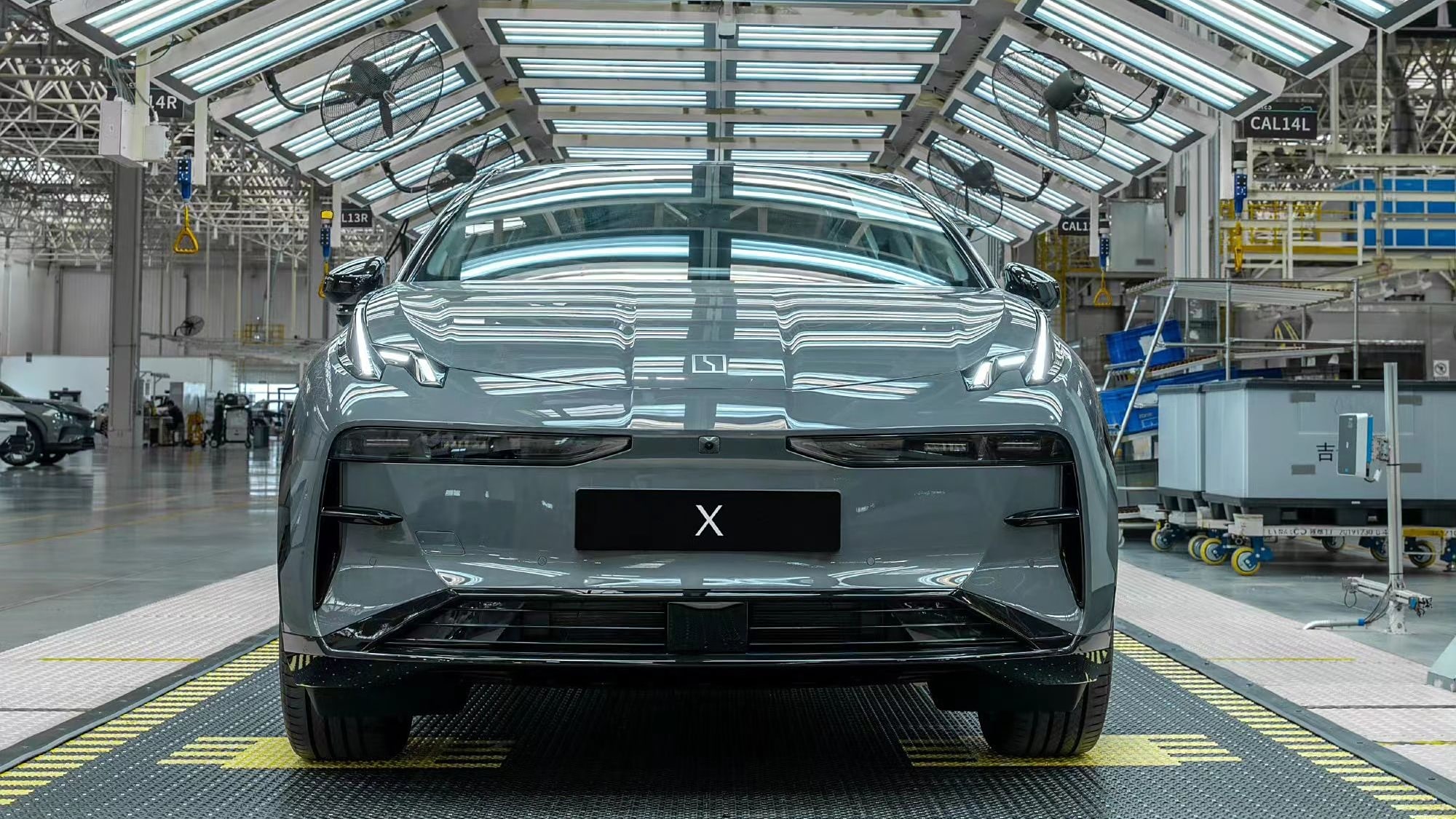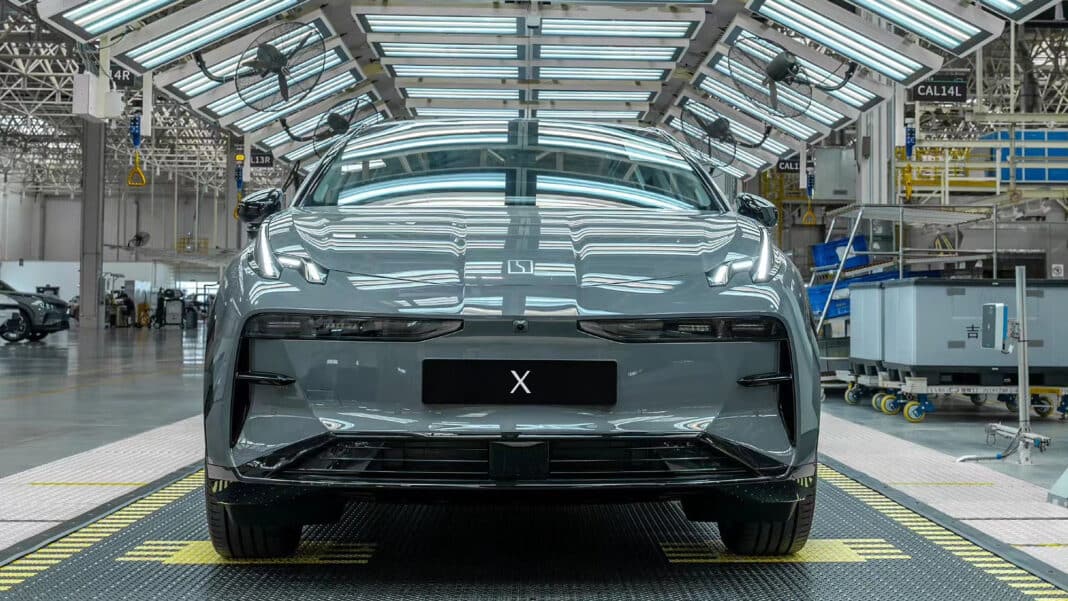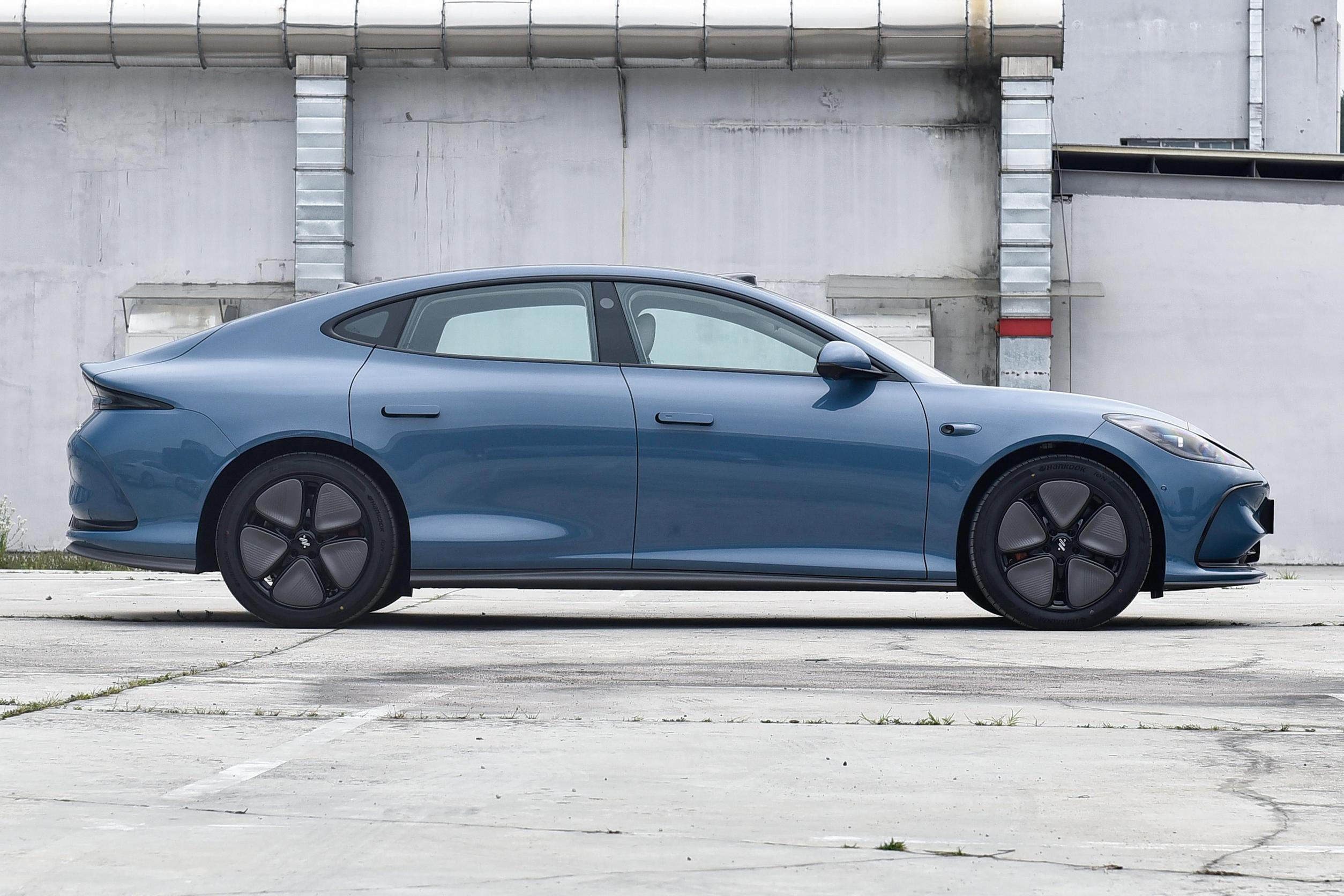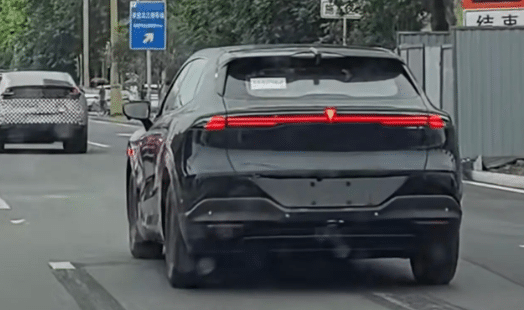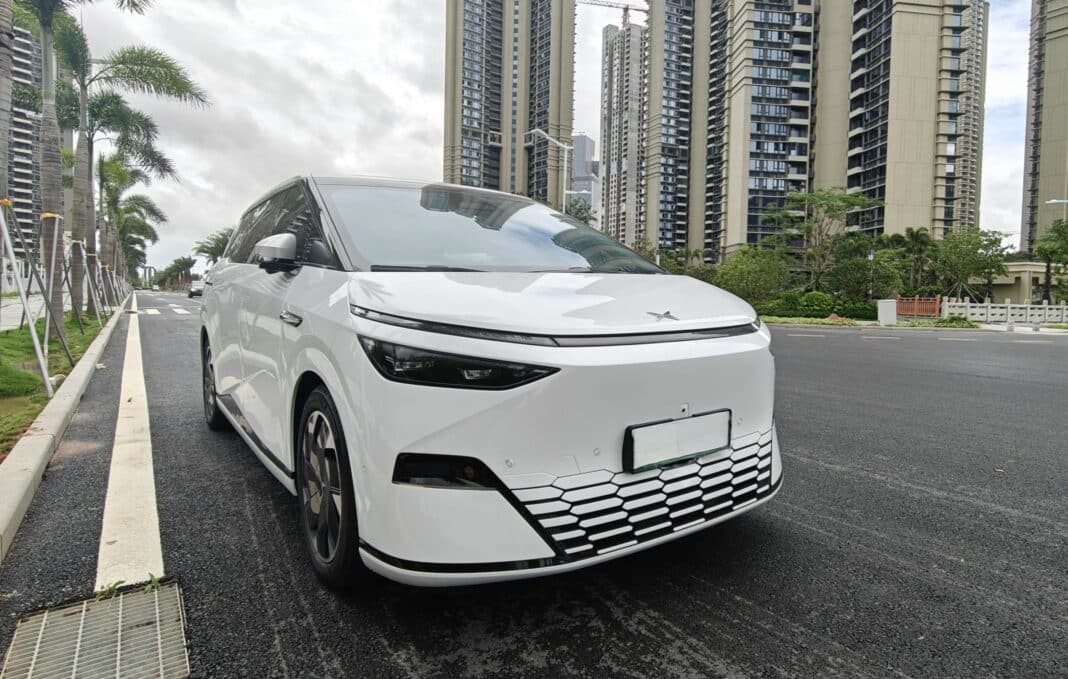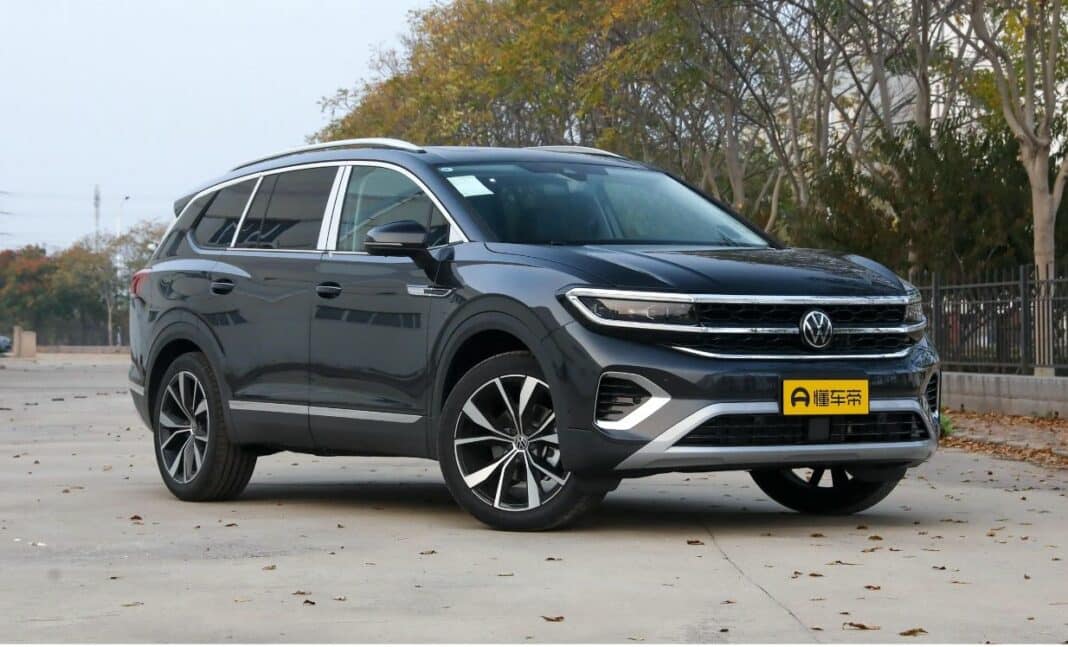Yommie
Elite Member
- Oct 2, 2013
- 55,444
- 36,720
- Country of Origin

- Country of Residence


Real world tests of BYD’s DM-i 5.0 technology show better than advertised results
Last week BYD launched its fifth generation PHEV technology – DM-i 5.0. Since then there has been a lot of controversy over the three central claims of
 carnewschina.com
carnewschina.com
Real world tests of BYD’s DM-i 5.0 technology show better than advertised results
Reading Time: 4 minutes
Mark Andrews
June 5, 2024
3

News like this to your inbox or phone?
Weekly summary to your inbox
I want this
Never miss and important news
Get Instant notification once the news is published.
Follow Us
Last week BYD launched its fifth generation PHEV technology – DM-i 5.0. Since then there has been a lot of controversy over the three central claims of 46.06% thermal efficiency, 2.9 l/100 km fuel consumption and 2,100 km range. However a number of tests have shown that the claims are not unreasonable, the most recent done just today where a 2.54 l/100 km figure was returned.
Today’s event was a BYD official test, live-steamed by Li Yunfei GM of BYD’s brand and PR department. At the unveiling of the technology the first two cars using it were also launched: the Qin L and the Seal 06. Since then the Qin L (see specs) seems to have grabbed most of the headlines and anecdotally most of the sales as well. Today’s turn was the Seal 06 (see specs).
The test involved a Seal 06 with a nearly depleted battery showing 15% state-of-charge (SOC). During the test the car covered 103.1 kilometers and used 2.56 liters of fuel. Furthermore the SOC dropped to 13%. Taking into account the distance covered and the drop in SOC this means fuel consumption of 2.54 l/100 km which is well under the 2.9 l/100 km figure claimed by BYD.
Screenshot from the BYD livestream showing the result
Over the last week BYD has come in for a lot of criticism over the 2.9 l/100 km claim as this uses NEDC testing rather than WLTC as used for the Ministry of Industry and Information Technology (MIIT) official figures. Most people claim the WLTC is more accurate as it uses conditions more representative of the real world. BYD, however, claim that the lower NEDC figures more realistically match those experienced by most drivers in cities. Under WLTC the consumption figure is 3.8 l/100 km rather than the 2.9 l/100 km under NEDC for the 80 km range versions.
Unfortunately some key details of the test are unknown most notably the speed profile. However, based on a tweet by Li Yunfei saying that he spoke continuously for 3 hours during the streamed test we can assume an average speed of around 33 km/h. Also presumably the car was the 80 km range version which has the better headline NEDC figure of 2.9 versus 3.08 l/100 km for the 120 km range version.
At the press conference for DM-i 5.0 it was publicized that a number of media test drives achieved a combined range of over 2,400 km with the highest recorded at 2,547 km. However, Car News China has been unable to discover under what conditions these ranges were achieved.
Far better detailed has been a test undertaken by a blogger going by the name of ‘uninterrupted power to the north’ (向北不断电) over 3 days in the top spec Qin L 120 km all-electric range Excellence which retails for 139,800 yuan (19,300 USD). The drive started in Xi’an, Shaanxi Province and took the driver to Shenzhen, Guangdong Province. Air conditioning was set at 24°C and where possible the car was driving at the 120 km/h speed limit as much as possible. On the third day very bad weather including heavy rain forced the speed to be reduced.
The 1977 km travelled in the test
At around 1,800 km the fuel gauge stopped showing but the car was driven until it was fully depleted which was achieved after a distance of 1,977 km. The video at the end of the test not only shows the sealed fuel tank and charging port but the car being loaded onto a recovery vehicle. After it is driven to a fuel station the blogger managed to fill it with 66.74 liters of fuel – note the official fuel tank capacity is 65 liters.
The amount of fuel 66.74 liters put into the Qin L after it was taken to a fuel station on a recovery truck.
In conclusion he says that the car achieved 3.37 l/100 km which is closer to the NEDC figure used by BYD than the WLTC one used by MIIT – note 3.08 versus 3.98 l/100 km respectively for the 120 km electric range version. It should also be pointed out that the test was not done under the slower speeds of NEDC. Unfortunately no mean speed is available for the test. A Honda Accord PHEV which was used as an accompanying car in the test ran out of fuel after 1,291 km and achieved fuel consumption of 3.99 l/100 km – the Accord has a much smaller fuel tank with the blogger managing to refuel it with 51.6 liters.
Editor’s note:
The blogger live-streamed the event and believes that had it not been for the heavy rain on day 3 the test would have broken 2,000 km. He is about to undertake a high-speed endurance test in a Seal 06 versus three ICE cars which will be selected by a vote on Weibo.Sources: Fast Technology, Fast Technology



